60 x 80 cm Teflon Coating Flat / Plain Perforated Pan & Trays
60 x 80 cm Teflon Coating Flat / Plain Perforated Pan & Trays
Aluminum Dough Pans in Bakery Operations”
- Aluminum Dough Pans:
- Aluminum dough pans are widely used in bakery operations for their durability, heat conductivity, and versatility. They are essential tools for proofing dough, shaping bread, and baking various baked goods.
- Benefits of Aluminum Dough Pans:
- Durability: Aluminum pans are sturdy and resistant to corrosion, making them suitable for frequent use in commercial bakery settings.
- Heat Conductivity: Aluminum conducts heat efficiently, ensuring even baking and consistent results.
- Lightweight: Aluminum pans are lightweight, making them easy to handle and stack, which is beneficial in busy bakery environments.
- Types of Aluminum Dough Pans:
- Loaf Pans: Rectangular aluminum pans used for baking bread loaves of different sizes.
- Sheet Pans: Flat aluminum pans with raised edges, used for baking cookies, pastries, and other baked goods.
- Round Pans: Aluminum pans used for baking round bread loaves, cakes, and pizzas.
- Features and Considerations:
- Non-Stick Coating: Some aluminum pans come with a non-stick coating to prevent sticking and facilitate easy release of baked goods.
- Perforations: Perforated aluminum pans allow for better air circulation around the dough, resulting in a crispy crust.
- Size and Thickness: Aluminum pans come in various sizes and thicknesses to accommodate different baking needs and oven sizes.
- Maintenance and Care:
- Cleaning: Aluminum pans are typically easy to clean with soap and water. Avoid using abrasive cleaners or metal utensils that could scratch the surface.
- Storage: Store aluminum pans in a dry area to prevent corrosion. Avoid stacking them when wet to prevent sticking.
- Conclusion:
- Aluminum dough pans are indispensable tools in bakery operations, offering durability, heat conductivity, and versatility for baking a wide range of delicious baked goods.
The Ultimate Guide to Hamburger Bread Pans: Choosing the Right Pan for Perfect Burger Buns
Introduction: Hamburger bread pans, also known as burger bun pans or bun molds, are specialized baking pans designed specifically for making hamburger buns. These pans play a crucial role in producing uniform, perfectly shaped burger buns with consistent texture and flavor. In this comprehensive guide, we’ll explore everything you need to know about hamburger bread pans, from their types and features to tips for choosing the right pan and achieving bakery-quality burger buns at home.
Types of Hamburger Bread Pans:
- Standard Hamburger Bread Pans:
- Rectangular pans with individual molds for shaping burger buns.
- Available in various sizes to accommodate different burger bun diameters.
- Made from materials such as aluminum, steel, or silicone.
- Some pans come with non-stick coatings for easy bun release.
- Perforated Hamburger Bread Pans:
- Similar to standard pans but feature perforations in each mold.
- Perforations allow for better air circulation during baking, resulting in evenly baked and crispy burger buns.
- Ideal for achieving a professional bakery-style crust.
- Mini Hamburger Bread Pans:
- Smaller-sized pans designed for making mini burger buns or slider buns.
- Perfect for appetizers, parties, or serving smaller portions.
Sandwich Bread Pans: Baking Perfect Loaves Every Time
Introduction: Sandwich bread pans, also known as loaf pans or bread tins, are essential tools for baking homemade sandwich bread. These pans come in various sizes, materials, and designs, each influencing the outcome of the bread loaf. In this comprehensive guide, we’ll delve into everything you need to know about sandwich bread pans, from choosing the right pan to mastering the art of baking delicious loaves for your sandwiches and toast.
Types of Sandwich Bread Pans:
- Traditional Metal Loaf Pans:
- Rectangular pans made of materials like aluminum or steel.
- Known for their durability and even heat distribution.
- Available in standard sizes such as 8.5 x 4.5 inches or 9 x 5 inches.
- Non-Stick Coated Loaf Pans:
- Metal pans with a non-stick coating for easy release of baked bread.
- Ideal for preventing bread from sticking to the pan, simplifying cleanup.
- Silicone Loaf Pans:
- Flexible and non-stick pans made from silicone.
- Easy to clean and dishwasher-safe.
- Provide a more flexible baking experience but may require additional support during baking.
Mastering Baguette Bread: A Guide to Choosing and Using Baguette Bread Pans
Baguette bread pans, also known as French bread pans or baguette molds, are essential tools for baking authentic French-style baguettes at home. These specialized pans are designed to help shape the dough and create the iconic long and narrow loaves with crispy crusts and soft interiors. In this guide, we’ll explore everything you need to know about baguette bread pans, from their types and features to tips for baking perfect baguettes every time.
Types of Baguette Bread Pans:
- Perforated Baguette Pans:
- Made of metal (usually aluminum or steel) with multiple perforations along the bottom.
- Perforations allow for better air circulation during baking, resulting in a crispy crust.
- Available in various sizes to accommodate different lengths and diameters of baguettes.
- Non-Perforated Baguette Pans:
- Solid metal pans without perforations.
- Can be made of aluminum, steel, or silicone.
- Ideal for baking baguettes with a softer crust, similar to traditional French bread.
Toast Bread Pans: Your Guide to Perfectly Golden Toast Every Time
Toast bread pans, also known as toast loaf pans or sandwich loaf pans, are indispensable tools for baking delicious homemade bread that’s perfect for toasting. Whether you prefer classic white bread, whole wheat, or artisanal varieties, a quality toast bread pan can help you achieve golden-brown slices with a soft interior. In this guide, we’ll explore the different types of toast bread pans, key features to consider when choosing one, and tips for baking the perfect loaf for your morning toast.
Types of Toast Bread Pans:
- Standard Loaf Pans:
- Rectangular pans with straight sides and sharp corners.
- Available in various sizes to accommodate different loaf volumes.
- Made from materials like aluminum, steel, or silicone.
- Non-Stick Coated Loaf Pans:
- Standard loaf pans with a non-stick coating for easy release of baked bread.
- Ideal for preventing sticking and simplifying cleanup.
- Pullman Loaf Pans:
- Rectangular pans with sliding lids, also known as pain de mie pans.
- Designed to produce square-shaped loaves with a fine, even crumb.
- Lids help create a sandwich-style loaf with minimal crust.
Choosing the Perfect Plain Bread Pan: A Comprehensive Guide
Plain bread pans, also known as loaf pans or bread tins, are essential tools for baking homemade bread with a traditional shape and texture. These pans come in various sizes, materials, and designs, each affecting the outcome of the bread loaf. In this guide, we’ll explore everything you need to know about plain bread pans, from understanding their types and features to tips for selecting the right pan and baking delicious loaves.
Types of Plain Bread Pans:
- Standard Metal Loaf Pans:
- Rectangular pans made from materials like aluminum or steel.
- Known for their durability and even heat distribution.
- Available in standard sizes such as 8.5 x 4.5 inches or 9 x 5 inches.
- Non-Stick Coated Loaf Pans:
- Metal pans with a non-stick coating for easy release of baked bread.
- Ideal for preventing bread from sticking to the pan and simplifying cleanup.
- Silicone Loaf Pans:
- Flexible and non-stick pans made from silicone.
- Easy to clean and dishwasher-safe.
- Provide a more flexible baking experience but may require additional support during baking.
Bread pans, also known as loaf pans or bread tins, are essential tools used in baking to shape and bake various types of bread, including sandwich loaves, artisan loaves, and quick breads. Here is some general information about bread pans:
- Types of Bread Pans:
- Standard Metal Loaf Pans: Rectangular pans made of materials like aluminum or steel. They come in various sizes and are commonly used for baking sandwich loaves and quick breads.
- Non-Stick Coated Loaf Pans: Similar to standard metal loaf pans but with a non-stick coating for easy release of baked bread. These pans simplify cleanup and prevent bread from sticking to the pan.
- Silicone Loaf Pans: Flexible and non-stick pans made from silicone. They are lightweight, easy to clean, and often preferred for their flexibility, which allows for easy removal of baked bread.
- Features to Consider:
- Size and Capacity: Choose a pan size that matches the desired loaf size and recipe. Consider the number of servings you intend to make when selecting the pan capacity.
- Material: Metal pans offer excellent heat conductivity, resulting in evenly baked loaves. Non-stick coated pans simplify the release of bread from the pan and make cleaning easier. Silicone pans are flexible and lightweight but may require adjustments in baking time and temperature.
- Shape and Design: Opt for pans with straight sides and sharp corners for a classic loaf shape. Some pans come with handles or grips for easier handling when hot.
- Lid or Cover (for Pullman Loaf Pans): Pullman loaf pans come with sliding lids that help create a square-shaped loaf with minimal crust. Lids can be adjusted to control the height of the loaf and crust thickness.
- Tips for Baking with Bread Pans:
- Grease the pan or line it with parchment paper to ensure easy release of the bread.
- Shape the dough into a smooth ball before placing it in the pan to ensure an even rise and uniform loaf shape.
- Avoid overfilling the pan to prevent the bread from spilling over the edges during baking.
- Allow the dough to proof in a warm, draft-free environment until it reaches the desired size.
- Preheat the oven and place the pan on the center rack for even baking.
- Follow the recipe’s instructions for baking time and temperature, covering the bread with foil if it browns too quickly.
Bread pans are versatile tools that come in various sizes, materials, and designs to accommodate different types of bread and baking preferences. Investing in a high-quality bread pan is essential for baking delicious homemade loaves with a traditional shape and texture.

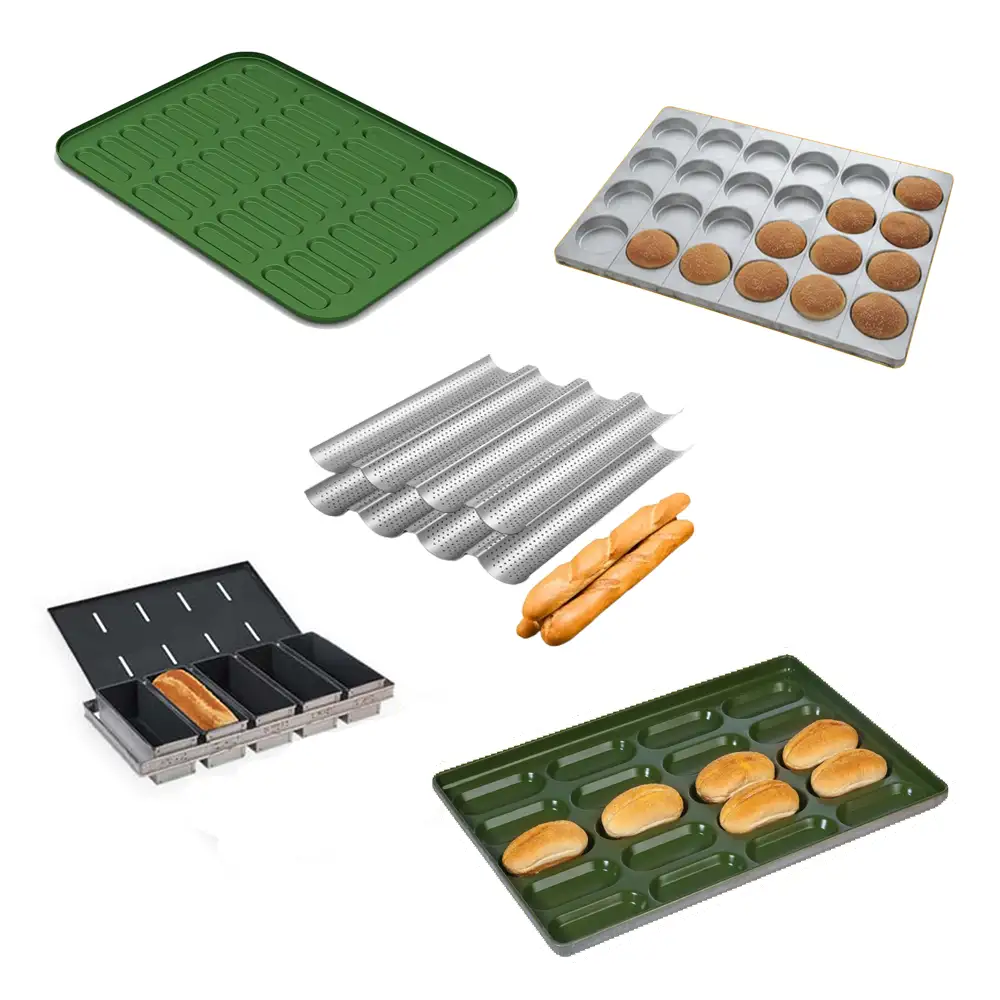
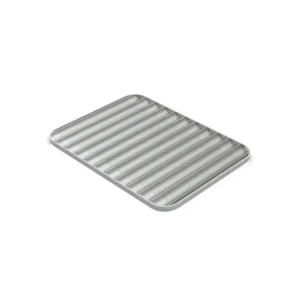



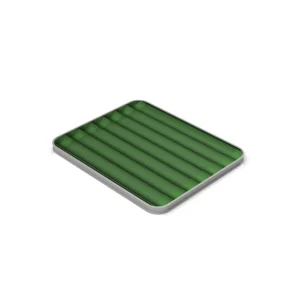


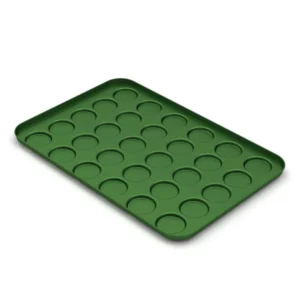
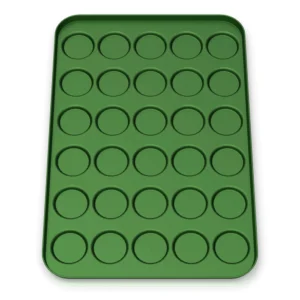
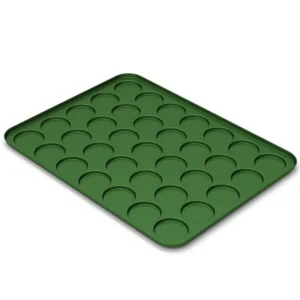
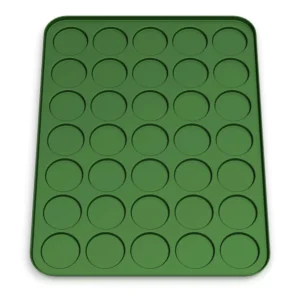
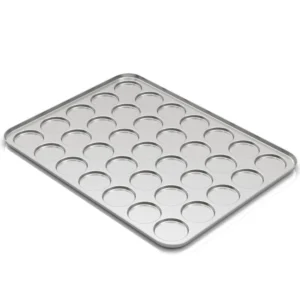

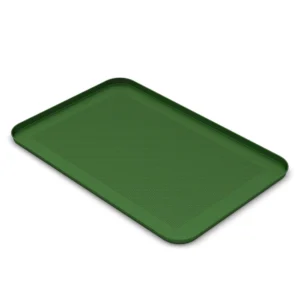
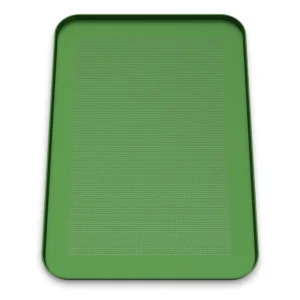
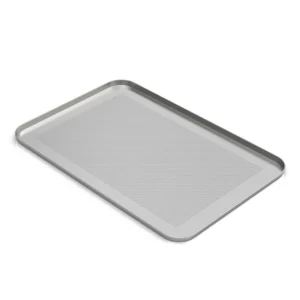

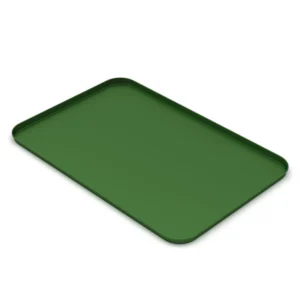

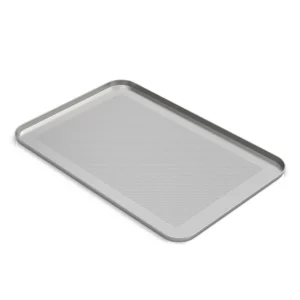


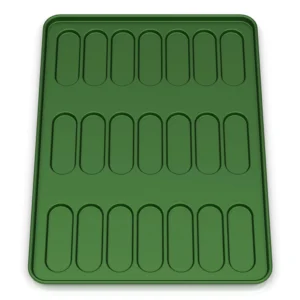


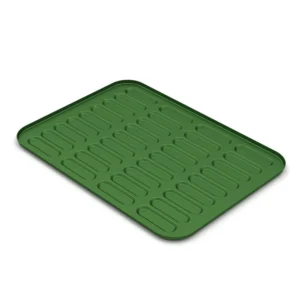

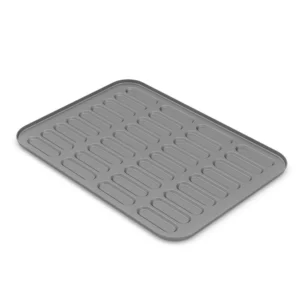
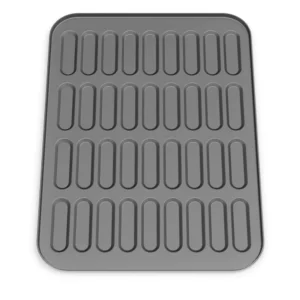
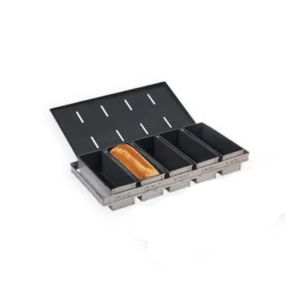
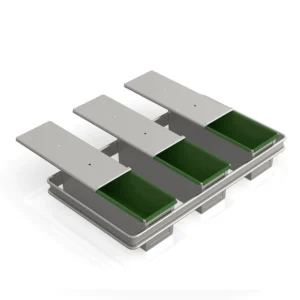
Reviews
There are no reviews yet.